Play with meat and understand some professional terminology
Last Update :2024.11.16
Article Catalog
Are you attracted by the cute appearance of growing succulents? How much do you know about the professional terms of succulents? When others talk about succulents, you don’t know what they mean. Today, the editor will popularize succulent knowledge for everyone. You need to know these professional terms!
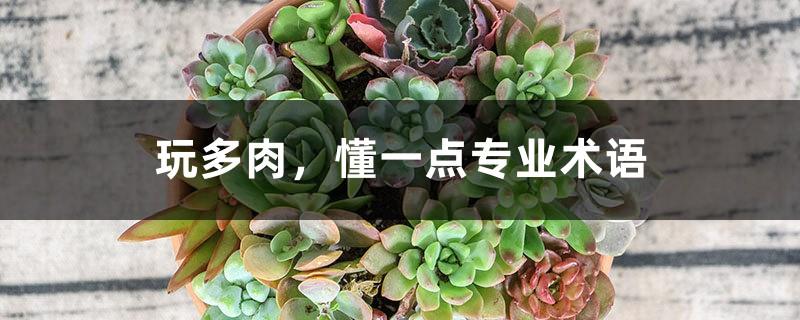
Succulent names
When searching for a certain type of succulent on the Internet, families, genus, and species will always appear. What are these?
Species name
Also called scientific name, each plant has only one scientific name.
Genus name
Group varieties with similar shapes and growth habits into one genus.
Family name
A professional term for plant classification. If the morphological structure is close to one genus or several genera, such plants are classified into one family. For example, there are 30 genera in the Sedum family.
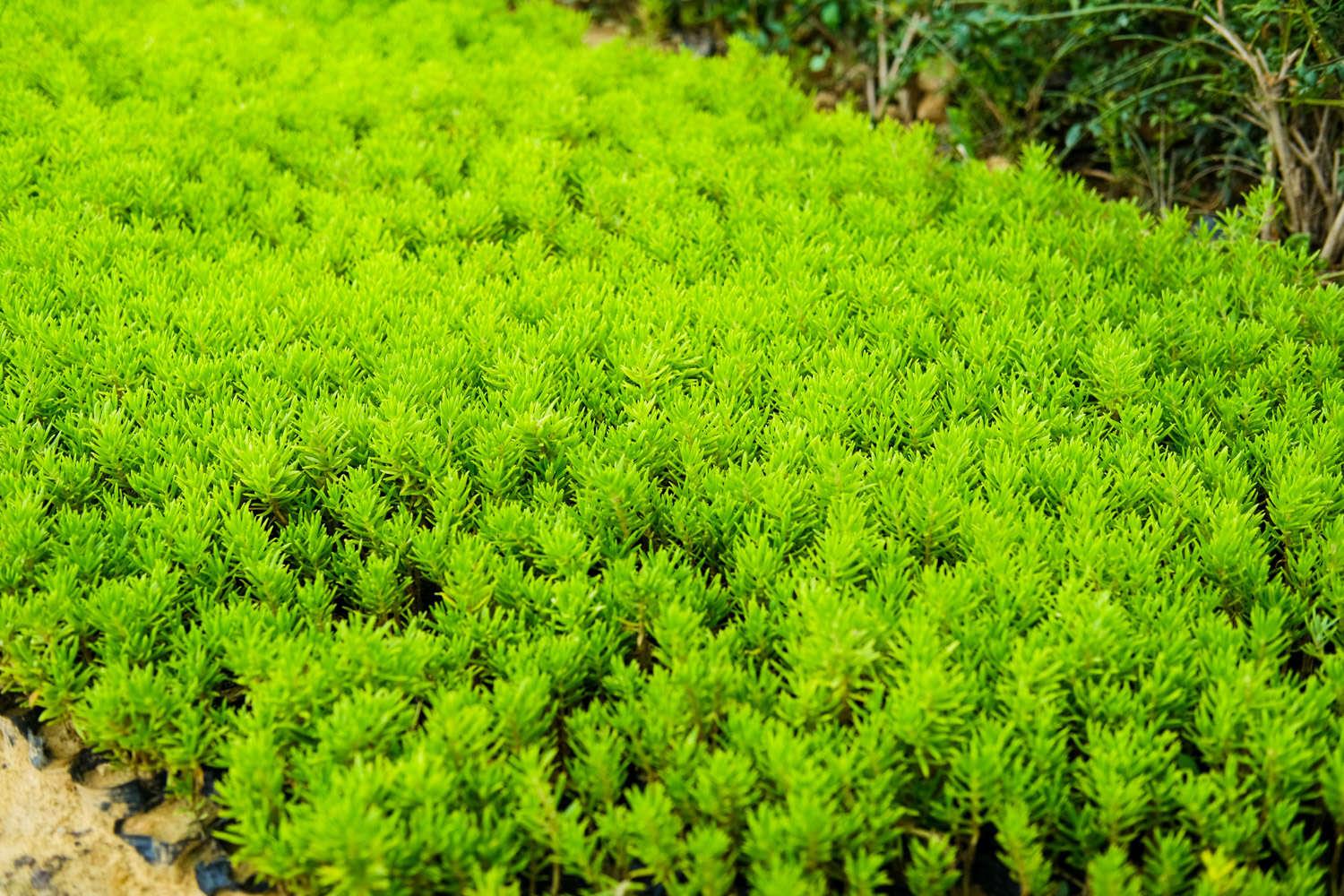
Dioecious (monogenetic)
A common term used in succulent care is bisexual flower, which refers to a flower that contains both pistils and stamens. Succulents can pollinate themselves. Fruit can be produced normally after flowering.
Dioeciousness
means that the unisexual flowers are planted on different plants, resulting in the distinction between male and female plants.
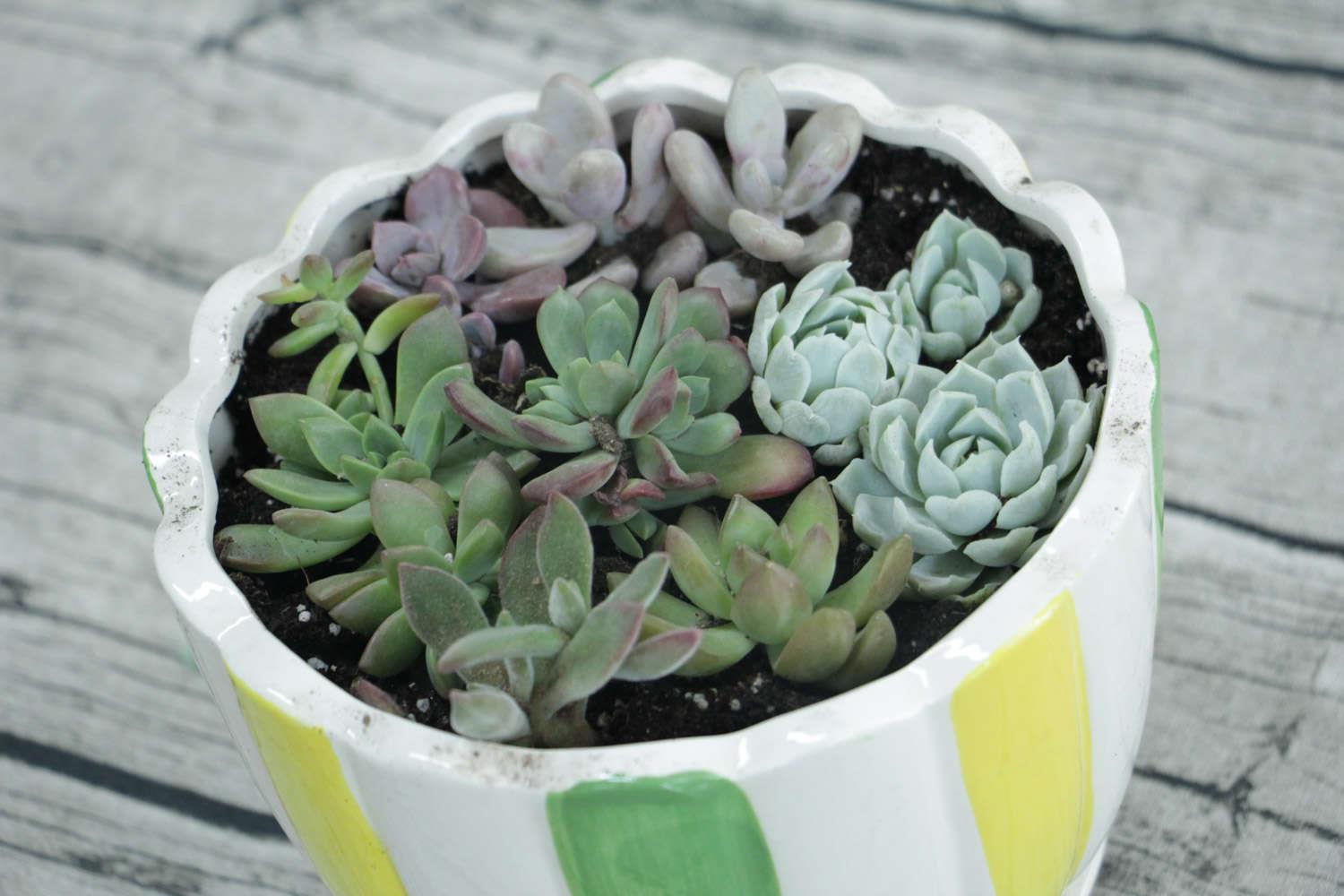
Dormant
The plant is growing naturally A state of stasis, accompanied by falling leaves or death of aboveground parts. Growth occurs in winter and summer.
Winter type and summer type
Summer type
Succulent plants that grow in summer and enter the dormant period in winter. The main flowering time is in summer, but if the weather in the area is too hot, the flesh will still go dormant.
Winter-type plants
The growth period is in winter and dormant in summer. They are called winter-type plants or aestivation plants. The winter here refers to the winter climate in the place of origin. If the temperature is too low in winter, the meat will still go dormant.
It is remarkable to say that succulents maintained at home rarely go into complete dormancy when kept at a moderate temperature.
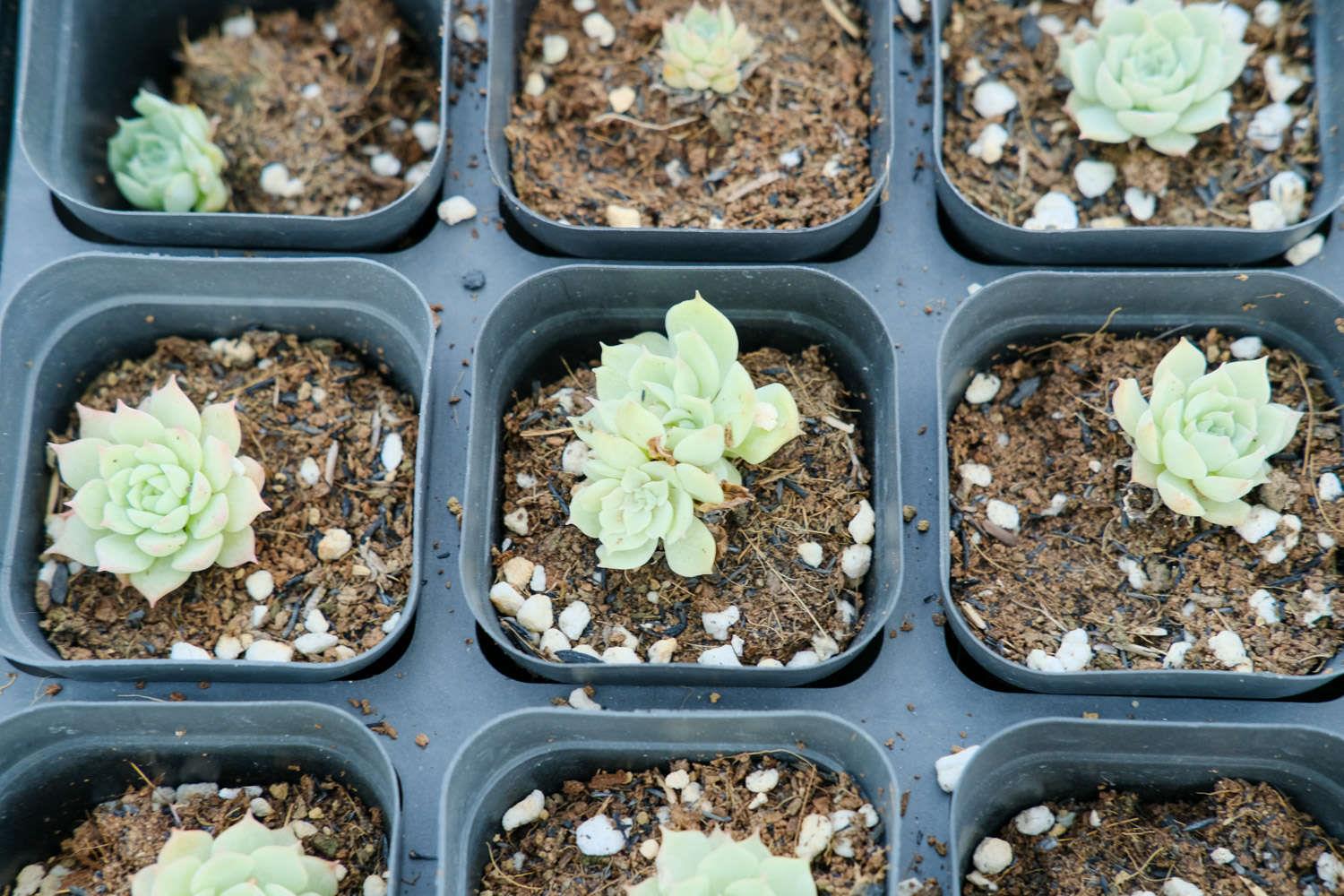
Yellowing
Refers to the plant due to Lack of light causes the leaves to fade and turn yellow and the stems to overgrow.
Brocade
Many succulent plants have the word brocade added to their names, but I can’t figure out what the difference is. In fact, brocade is also called colorful brocade, which means that all or part of the stem has lost the function of producing chlorophyll, and other pigments are relatively active, causing red, white, yellow, purple, orange and other colored spots to appear on the surface of the stem.
- END -
Chihuahua is blooming!
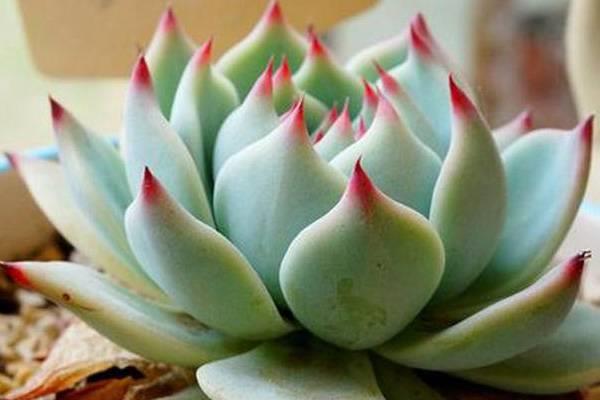
The leaves of Chihuahua are relatively long and thin, with red edges around the le...
Representative plants of summer

Representative plants in summer include gardenia, jasmine, lotus, water lily, tube...